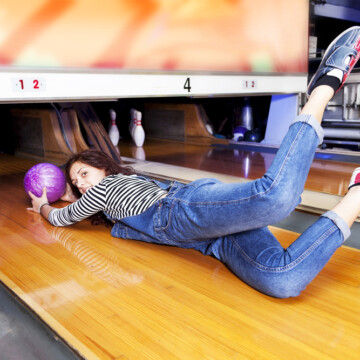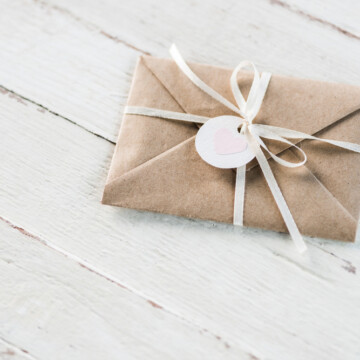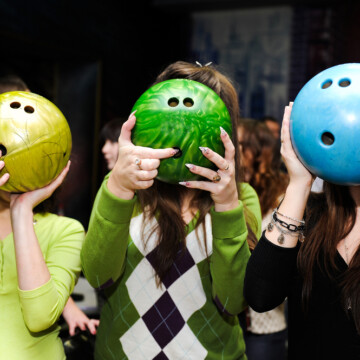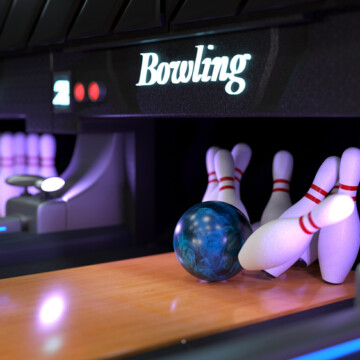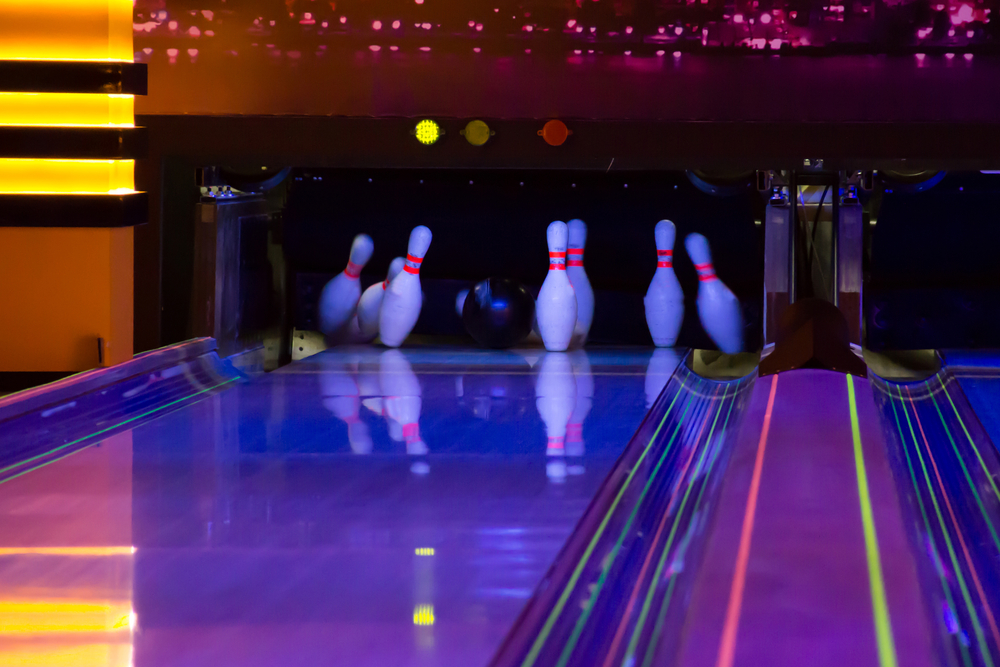
Understanding bowling lingo is a real challenge, but it's essential if you want to know what's going on as you watch bowling games, talk about the sport, or play it yourself.
One of the most commonly used terms you need to know is "split ball." If you've never heard of this term or are having trouble understanding it, we can help. In this article, we'll tell you what a split ball is, what causes split balls, and much more.
Let's get right into it!
Contents
- 1 What Is a Split Ball in Bowling?
- 2 What Causes Split Balls in Bowling?
- 3 What Is the Most Common Split in Bowling?
- 4 What Is the Most Brutal Split in Bowling?
- 5 How to Avoid Split Balls in Bowling
- 6 How to Pick up a Split
- 7 Splits Are Notoriously Difficult to Pick Up
- 8 The Hardest Split of Them All
- 9 Use Bowling Aids
- 10 Practice, Practice, Practice
What Is a Split Ball in Bowling?
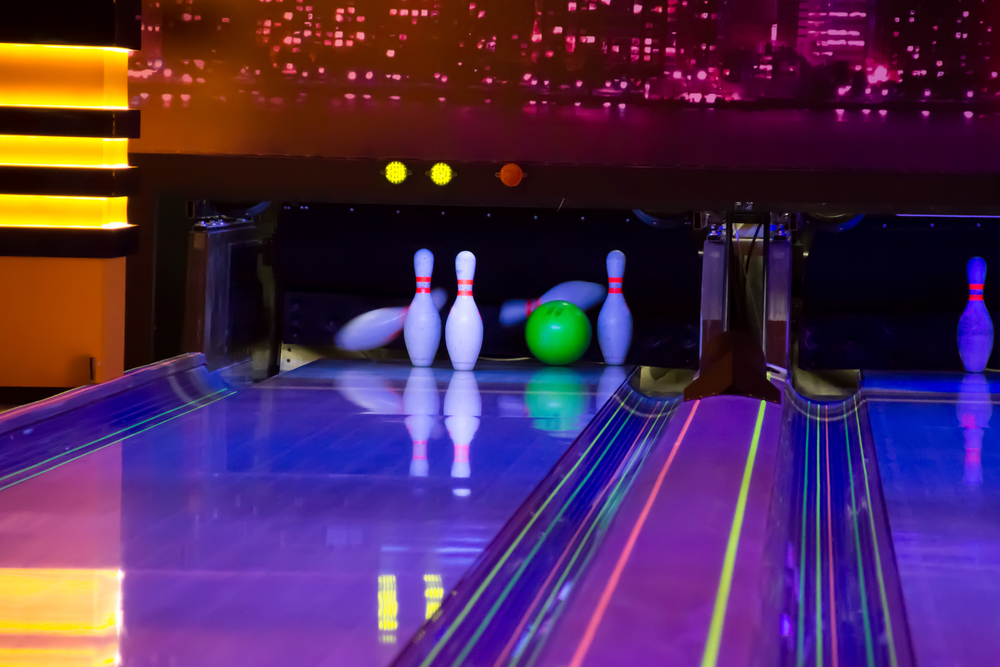
A split ball (or "split") is a situation where you throw the first ball in a frame and two non-adjacent groups of one or more pins left standing on opposite sides.
This makes for an extremely difficult spare (when you try to knock down the two or more pins on opposite sides with your second ball).
There are several types of splits that you should know about, including the baby split, the Greek church, and the 7-10 split.
Key Takeaways
- Understanding Split Balls: A split ball occurs when two non-adjacent groups of pins remain after the first ball, creating a challenging spare opportunity. Common splits include the baby split, the Greek church, and the 7-10 split.
- Causes of Split Balls: Split balls often result from hitting the headpin straight on or from improper bowling form. Experienced bowlers minimize splits by mastering the correct approach, swing, and follow-through.
- Avoiding Splits: To reduce the likelihood of split balls, ensure proper bowling form—feet shoulder-width apart, a smooth four-step approach, and a complete follow-through. Choosing the right ball and taking your time is also crucial.
- Picking Up Splits: Strategies vary by split type. For the 7-10 split, aim to hit a pin hard to the side to bounce it into the other. The Greek Church requires knocking down specific pins in hopes of a chain reaction.
- Practice and Equipment: Regular practice and the right equipment (including the right ball size, weight, and aids like tape and gloves) enhance accuracy and consistency, reducing the chances of encountering splits.
What Causes Split Balls in Bowling?
Wondering why split balls occur? A lot of times, they happen because you hit the headpin straight on with a lot of force. When that happens, there's not enough of a domino effect to knock down the pins on the sides.
Another thing that can cause split balls is a lack of experience. When you know how to throw your ball correctly, with the proper form, you are much less likely to end up with a split.
It's for this reason that experienced bowlers don't often throw split balls. They know how to stand, approach the lane, and follow through on their swing.
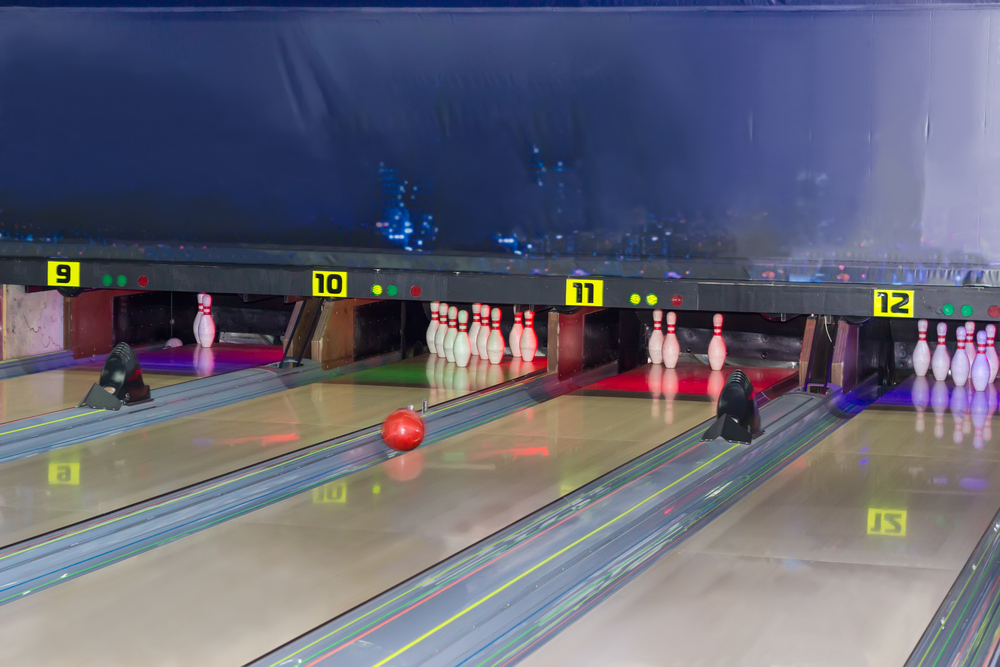
What Is the Most Common Split in Bowling?
The most common split in bowling depends on which hand you throw your ball with. For right-handed bowlers, the most common split is the 3-10 split.
For left-handed bowlers, the 2-7 split occurs most frequently. These splits are nothing compared to some splits you could be faced with.
| Split Type | Common Cause | Key Strategy for Avoidance |
|---|---|---|
| Baby Split | Poor pin contact | Improve accuracy; aim for the pocket |
| Greek Church | Direct headpin hit | Adjust strike line; use a ball with hook potential |
| 7-10 Split | High power, incorrect angle | Ensure proper ball release and follow-through |
| 3-10 Split (Right-handed bowlers) | Off-center headpin hit | Fine-tune approach and swing for better pin coverage |
| 2-7 Split (Left-handed bowlers) | Off-center headpin hit | Fine-tune approach and swing for better pin coverage |
What Is the Most Brutal Split in Bowling?
The hardest split in bowling is generally known to be the Greek Church. It's where pins 4, 6, 7, 9, and 10 are left standing after your first throw. Even professional bowlers have trouble picking up this split!
Right after the Greek Church is the 7-10 split, which leaves many bowlers momentarily paralyzed as they try to figure out how to pick up the spare.
How to Avoid Split Balls in Bowling
If you're consistently getting split balls when you bowl, there are a few things you can do to try to avoid them.
Check Your Form
If you want to avoid split balls, you need to use the proper form. But what exactly is proper bowling form?
To start, you should always stand with your feet shoulder-width apart and perpendicular to the foul line. Then, as you approach the lane, take a four-step run-up. As you release the ball, your arm should be fully extended.
Your thumb should also exit the ball right before your other fingers do. Finally, follow through on your swing. If you can master these steps, you'll be well on your way to avoiding split balls.
Choose a Ball That Suits You
Investing in a high-quality bowling ball can also help you avoid splits. The plastic balls at the bowling alley are more likely to result in split balls than those that have hooking potential.
It's also crucial to bowl with a ball that's the right size and weight for you.
Take Your Time
Rushing into your throw is the worst thing you can do as a beginner. Take your time to line up your shot and follow through. The more you rush, the lower your chances of downing all the pins.
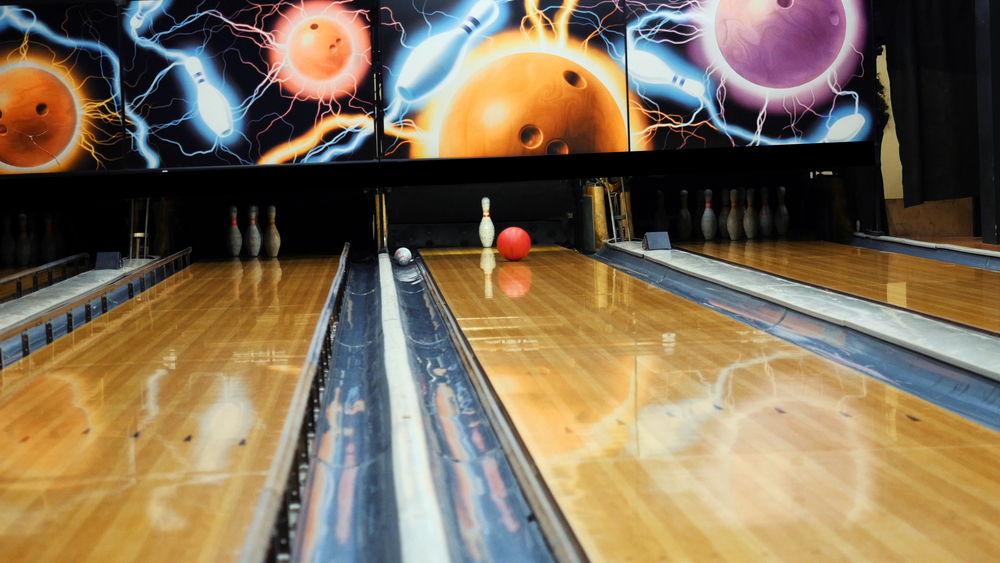
How to Pick up a Split
Avoiding a split is ideal, but what do you do if you find yourself staring one down? Picking up a split can be difficult, but it's not impossible.
With the information (below), and a whole lot of practice, you'll increase your chances of conquering those splits.
Regardless of what you’re dealing with, look at which pins are still standing and figure out the best way to target them based on the pin width and appropriate angle.
Think to yourself, how can I knock all of these pins down in one shot? The answer will be different for each type of split. Here are some targeted tips:
- The 7-10 Split. For the 7-10 split, you'll need to knock one pin into the other on the opposite side of the lane. To do this, you'll need to hit the inside of one of the two pins with a ton of force so that it will hopefully ricochet into the other one and knock it down. Another tactic is to try hitting one of the pins on the outside so it'll shift to the other side and push the other over.
- The Greek Church Split. For the Greek church split, where pins 4, 6, 7, 9, and 10 are still standing, your tactic will be a bit different. Aim to knock down pin number 6. With some luck, it'll knock down 9 and 10. Then one of those pins will ricochet and hit 4 and 7.
- The Big Four. For the big four, where pins 4, 6, 7, and 10 are still standing, try to get pins 4 and 7 to hit 6 and 10 or vice versa.
With a split, it's all about using physics to your advantage. If you can figure out how to make one pin hit another, you'll be well on your way to picking up the spare.
Splits Are Notoriously Difficult to Pick Up
Split balls are notoriously difficult to pick up. Even the most experienced bowlers have trouble with them. In fact, PBA competitors who tried to pick up the Greek church or 7-10 split were only able to do so less than 1% of the time.
So, if you find yourself dealing with one of these splits, don't be too hard on yourself. More than likely, you'll have remaining pins. Use the tips in the previous section and give it your best shot.
The truth about splits in bowling is a lot of it comes down to luck. So, the best course of action is to use the proper form, pick the right ball, and utilize the right accessories to increase your chances of avoiding them altogether.
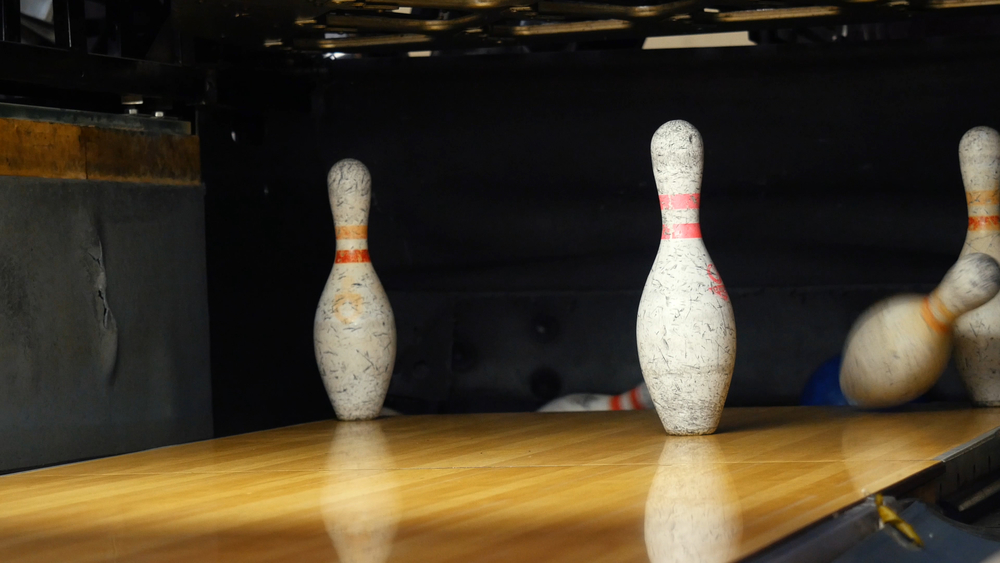
The Hardest Split of Them All
For some time, the 7-10 split was considered the most challenging split to pick up. But that's not the case. The Greek Church is much more complex. In fact, it's so tricky that bowlers only pick it up 0.2 percent of the time.
Go for a Strike Every Roll
The best way to avoid split balls is to go for a strike every time. With enough practice, you'll be able to hit the pocket more consistently and increase your chances of getting strikes.
For beginners who haven't yet mastered the art of ball control, here are some tips that can help you:
Choose the Right Ball
Picking the right ball is essential for increasing your chances of getting a strike. You'll want to choose a ball with a smooth surface and avoid those that have hooking potential.
It's also important to bowl with a ball that's the right size and weight for you. If you're not sure what size or weight is right for you, ask a salesperson at your local bowling alley or pro shop. They'll be able to help you find the perfect fit.
Use Bowling Aids
Bowling aids can be extremely helpful, especially for beginners. They can help you keep your hand position consistent and improve your accuracy. A few common aids include:
- Tape
- Gloves
- Wrist supports
Practice, Practice, Practice
The best way to improve your bowling is to practice as much as possible. The more you bowl, the more comfortable you'll become with the game, and the better your chances of hitting the pocket and avoiding split balls.
Related Articles
My Final Words
Mastering the art of bowling and overcoming challenging scenarios like split balls and impossible splits requires a deep understanding of the game's nuances. Key strategies include focusing on your strike target line to ensure the ball hits the front pin and adjacent pins in such a way that maximizes the chance of knocking down all ten pins. Be mindful of specific pin alignments, such as the cocked hat, sour apple, or the fairly common split of the six-pin and four-pin alignment, which demand precise ball trajectory and power.
Utilizing a bowling ball that complements your style, whether it be a heavier or lightweight ball, can significantly affect your ability to clear the pins effectively and avoid leaving difficult splits like the diamond shape or the dreaded remaining pin. Remember, the goal is not just to hit the first pin but to ensure the ball's impact causes a domino effect, clearing the pins in the most efficient manner possible. Through practice, proper equipment, and a strategic approach to each frame, bowlers can enhance their skill set, making even the most difficult splits manageable.
Kira Byrd, a Certified Fraud Examiner, holds a B.S. in Accounting from the University of Alabama at Birmingham. With a passion for bowling from her childhood, Kira has poured her expertise and personal experiences into creating and nurturing Bowling For Beginners. Kira's mission is to meet new bowlers where they are and guide them toward consistently achieving higher scores. With a focus on skill development and strategic techniques, she empowers readers to take control of their game and unlock their true potential.
Bowling For Beginners embodies strict editorial integrity, ensuring reliable and unbiased information. Kira's commitment to delivering valuable insights and practical strategies is reflected in every article. Here's an explanation of our editorial policy and how we get money.


